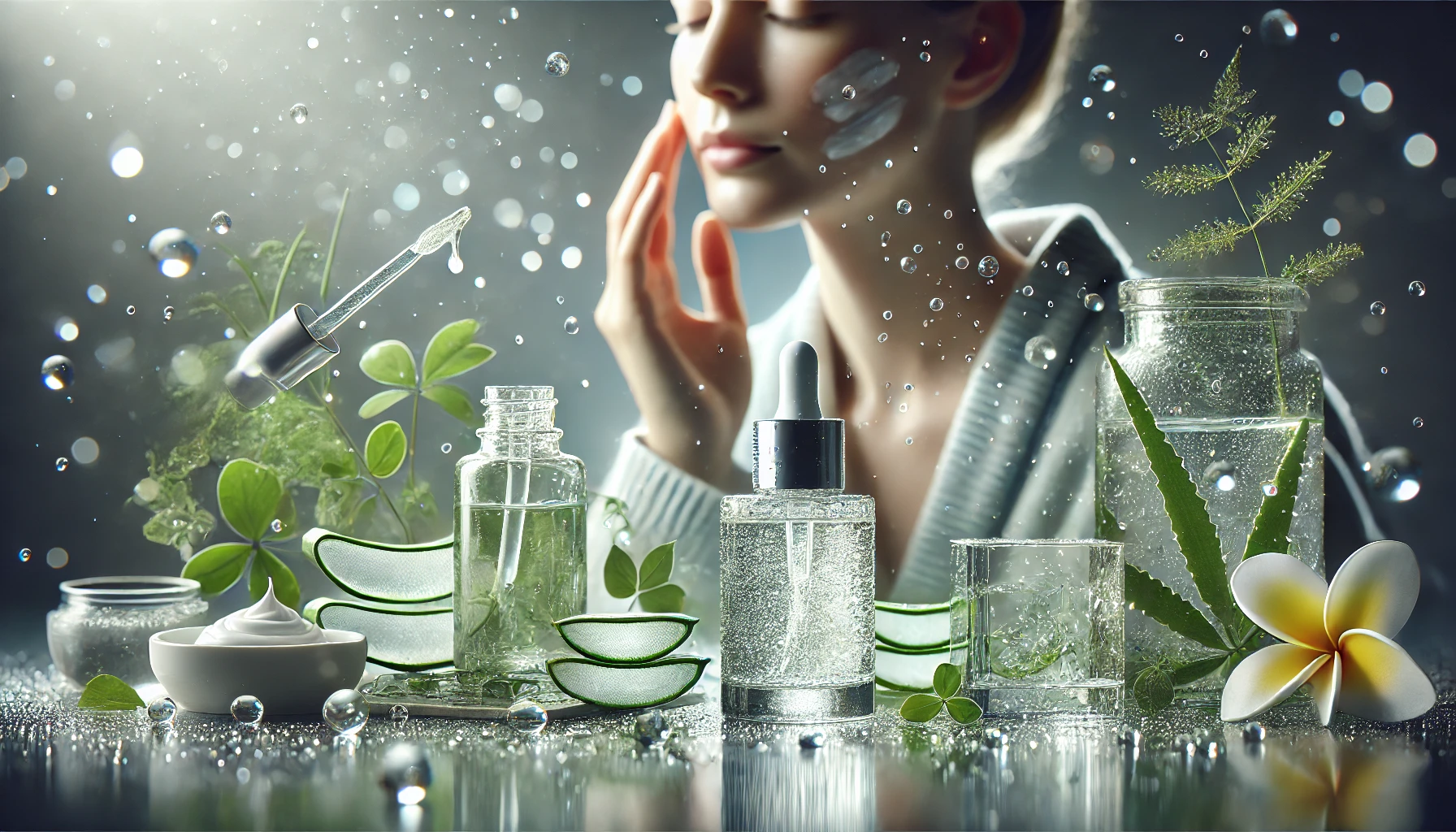If your skin has ever felt dry, tight, or dull — even after applying moisturizer — the problem might not be the product, but the lack of real hydration. And there’s one superstar ingredient that’s changing the skincare game: Hyaluronic Acid.
Let’s dive into why this ingredient is so powerful, how it works, and how to use it correctly for deep, long-lasting hydration.
What Is Hyaluronic Acid?
Despite the intimidating name, Hyaluronic Acid (HA) is a naturally occurring substance in your body — especially in the skin, joints, and eyes. Its main function? Attract and retain water.
Just one gram of hyaluronic acid can hold up to six liters of water — that’s why it’s known as a moisture magnet.
As we age, the natural levels of HA in our body decline, leading to dryness, loss of elasticity, and fine lines.
What Makes It a Skincare Superstar?
Here’s what Hyaluronic Acid does for your skin:
- 💧 Deep hydration: It pulls moisture into the skin and holds it there.
- 🌟 Plumps the skin: Reduces the appearance of fine lines and makes the skin look fuller.
- 🛡️ Protects the skin barrier: Keeps your outer layer healthy and resilient.
- ✨ Boosts glow: Hydrated skin reflects light better, giving you a natural radiance.
- 💼 Works for all skin types: Even oily or acne-prone skin benefits from it because it’s lightweight and non-comedogenic.
How to Use Hyaluronic Acid Correctly
✅ Step 1: Apply on Damp Skin
Always apply hyaluronic acid to slightly damp skin — not dry. It helps trap water molecules already present on the skin’s surface.
💡 Pro tip: Mist your face with thermal water or toner before applying HA.
✅ Step 2: Seal It In
Hyaluronic acid pulls moisture — but if the air is dry, it can actually draw moisture out of your skin. That’s why it’s essential to follow up with a good moisturizer or facial oil to lock in hydration.
✅ Step 3: Choose the Right Formula
There are two common types of hyaluronic acid in products:
- High-molecular weight: Stays on the surface and hydrates the outer layer.
- Low-molecular weight: Penetrates deeper into the skin, for long-term hydration.
The best serums combine both types for layered hydration.
When Should You Use It?
- Morning and night, after cleansing and before moisturizer.
- Safe to use with most active ingredients, including retinol and vitamin C.
- Ideal before makeup, as it creates a smooth, plump canvas.
⚠️ Avoid applying in extremely dry environments without sealing it in — it can backfire and make skin feel tighter.
Can Hyaluronic Acid Help With Aging?
Yes — but indirectly. While HA isn’t an exfoliant or collagen booster, it:
- Reduces the visibility of fine lines by hydrating and plumping the skin
- Improves skin elasticity
- Enhances the effectiveness of other anti-aging ingredients
For even better results, combine HA with:
- Vitamin C in the morning
- Retinol or peptides at night
Natural Sources of Hyaluronic Acid
Your body makes hyaluronic acid naturally, but you can support it with foods like:
- Bone broth
- Soy products
- Leafy greens
- Sweet potatoes
- Citrus fruits
Some supplements also help boost HA production internally.
Final Thoughts: Is Hyaluronic Acid Worth the Hype?
Absolutely. If there’s one ingredient that belongs in every skincare routine, it’s this one. Hyaluronic acid is gentle, effective, and powerful — giving your skin the hydration it craves.
Whether you’re battling dry patches, dullness, or fine lines, this hero ingredient works in the background to keep your skin smooth, bouncy, and glowing — every single day.
So yes: hydrated skin is happy skin.
